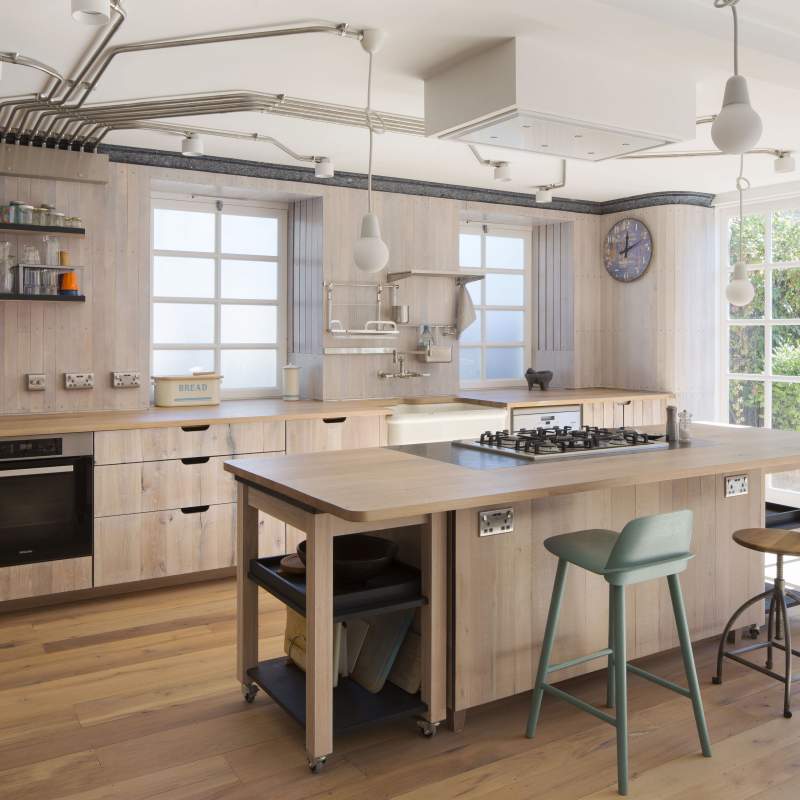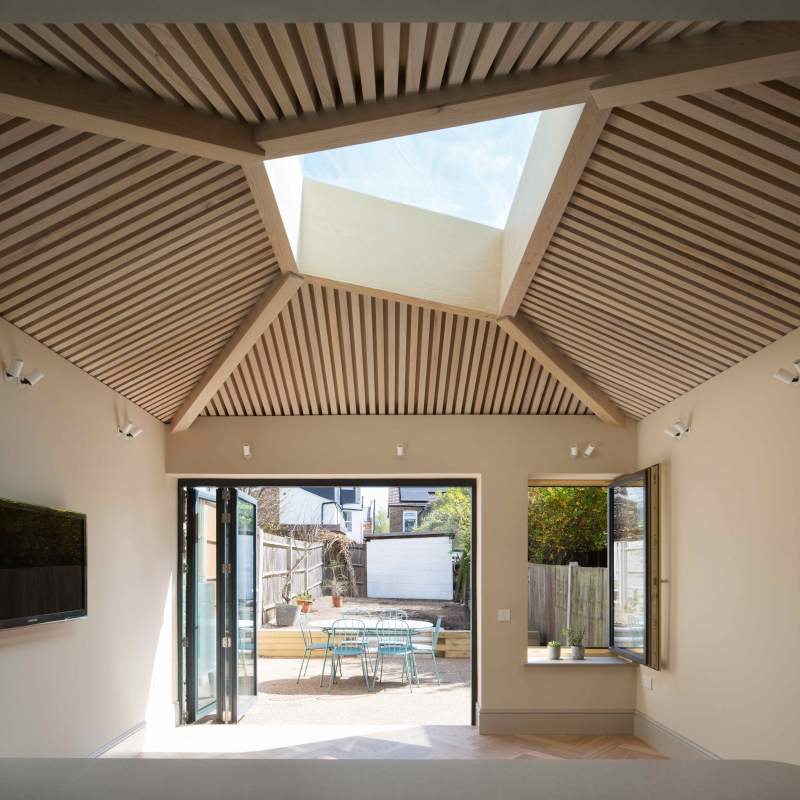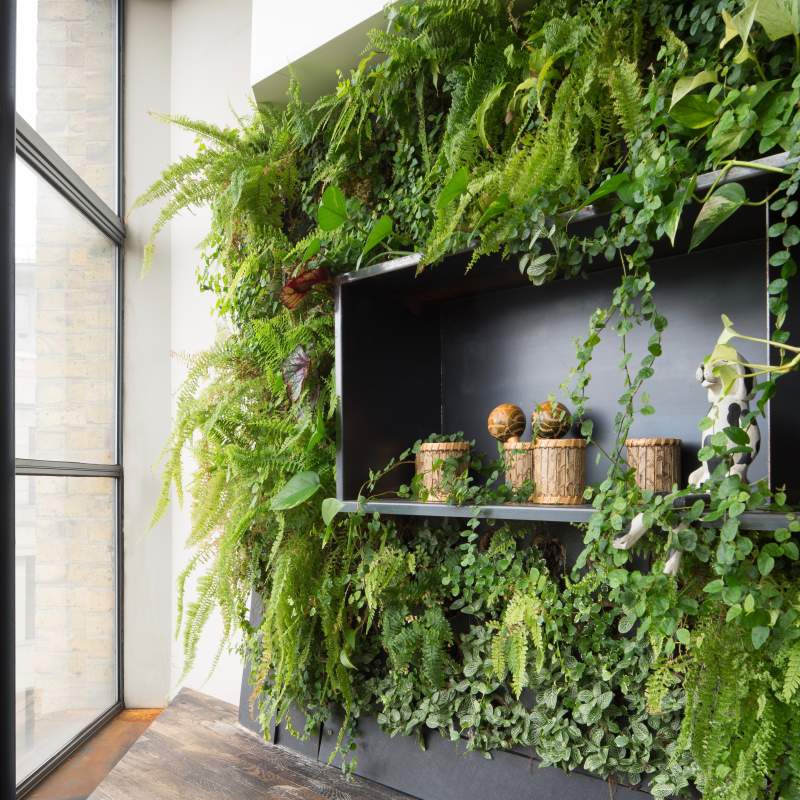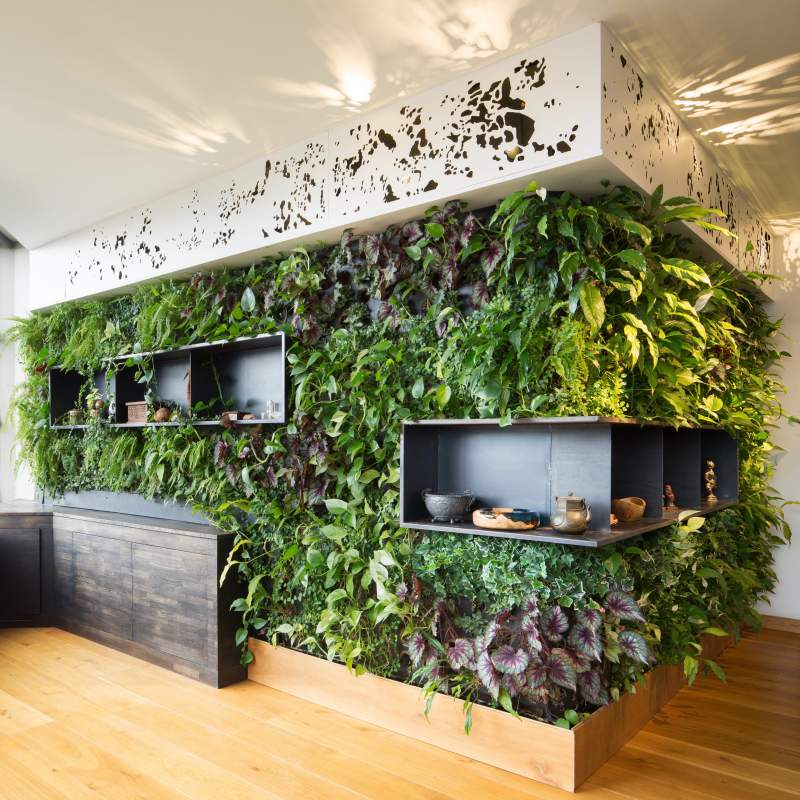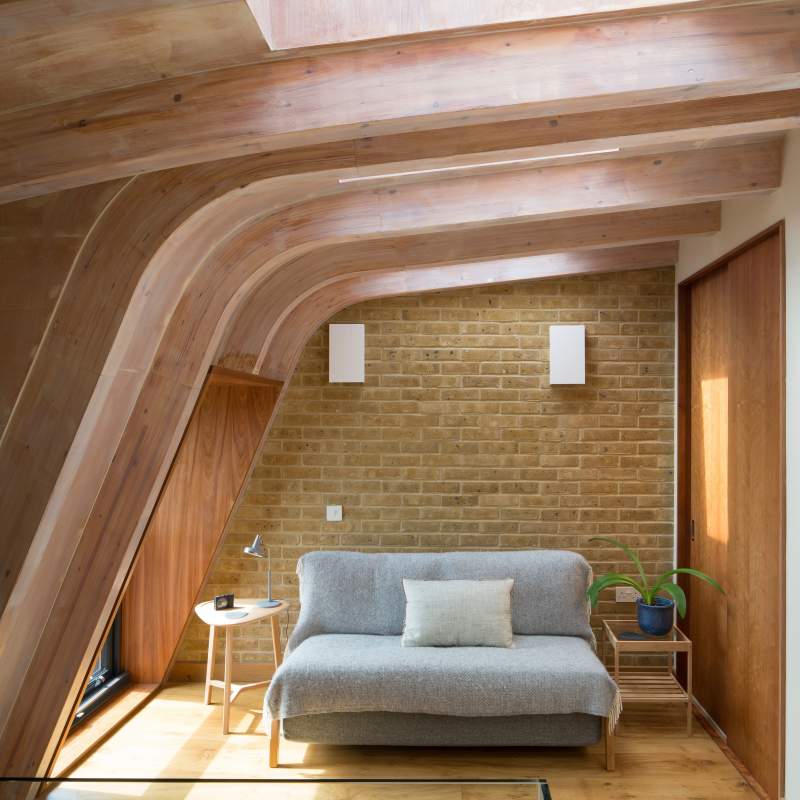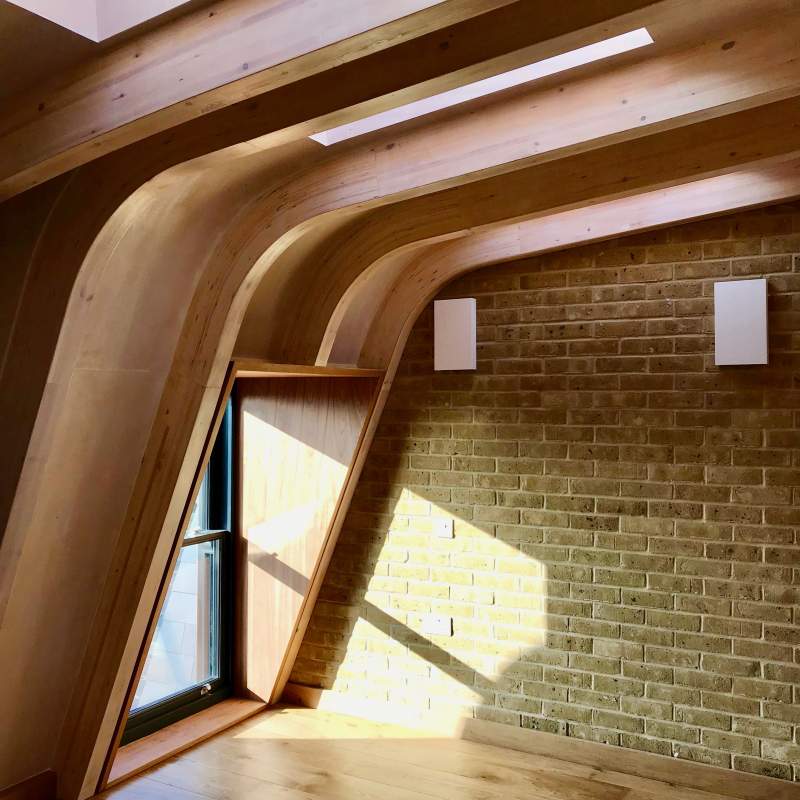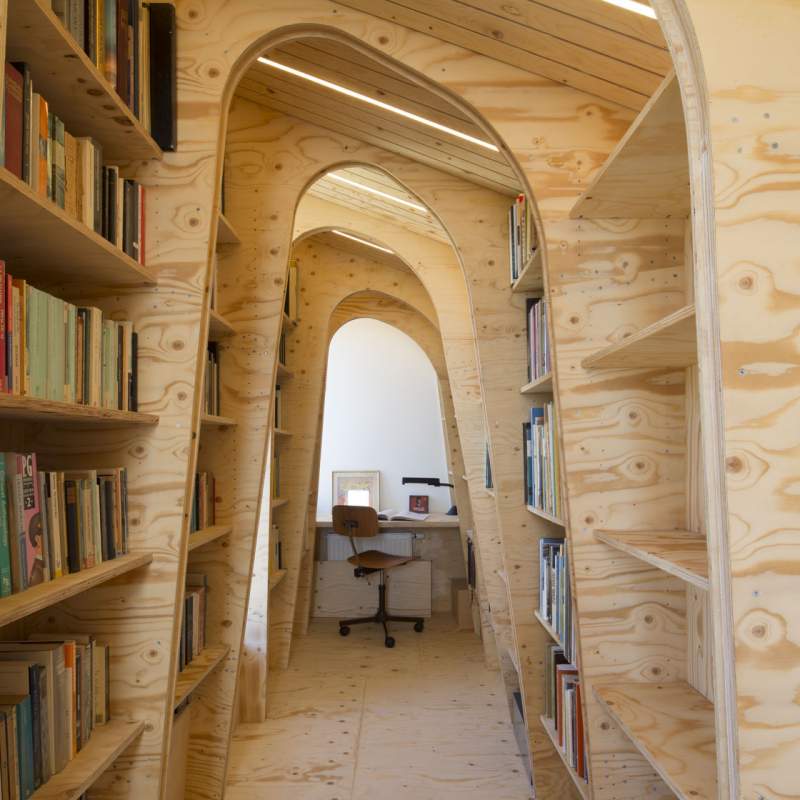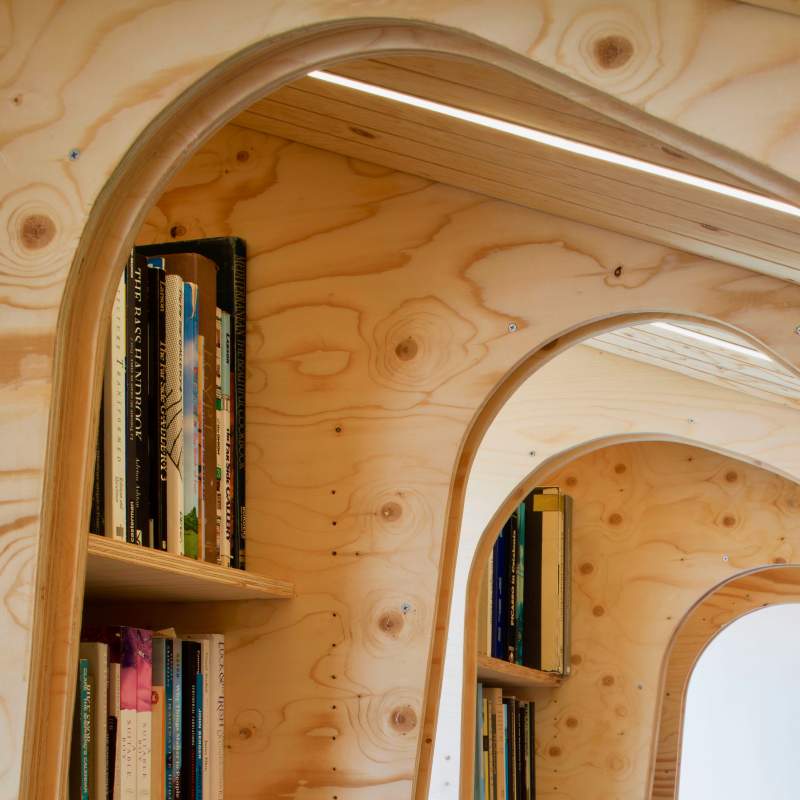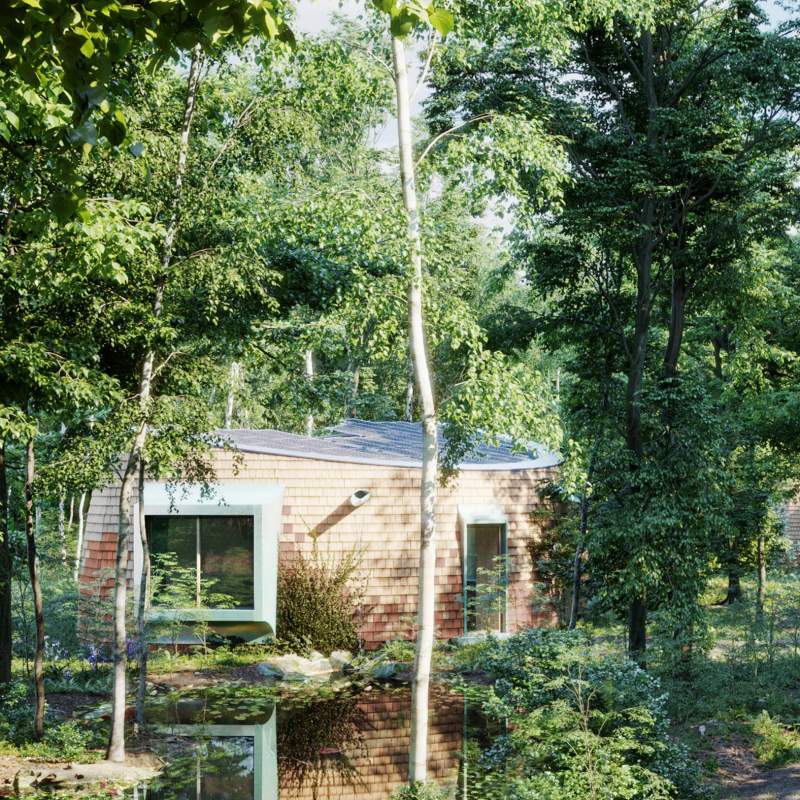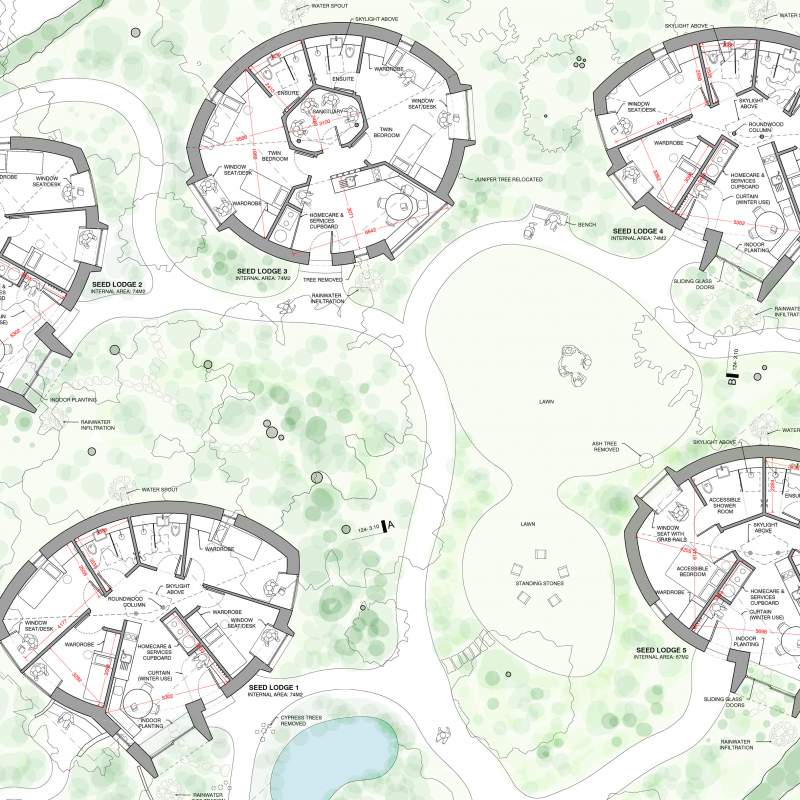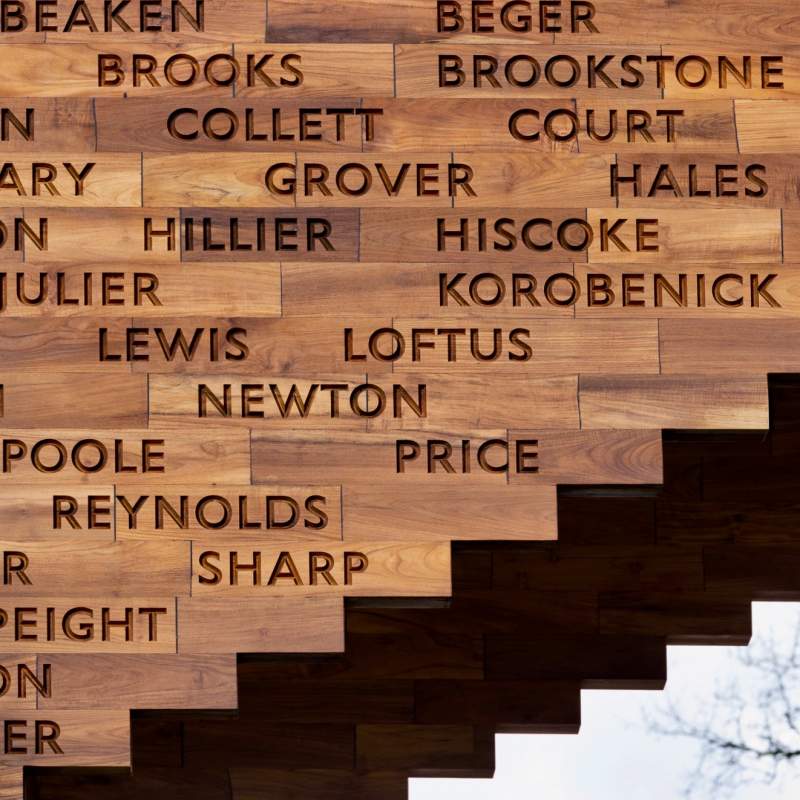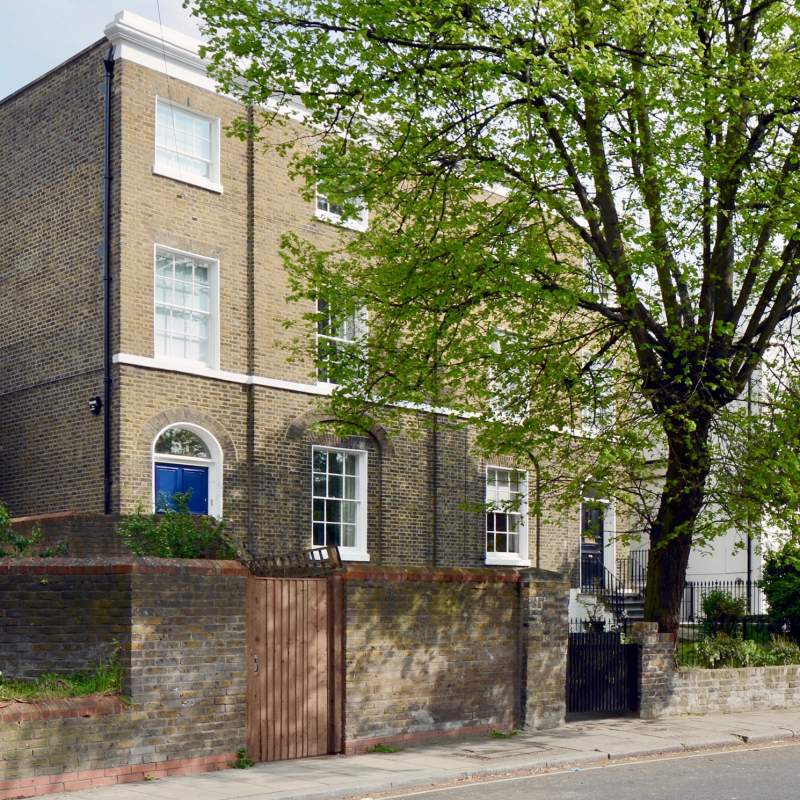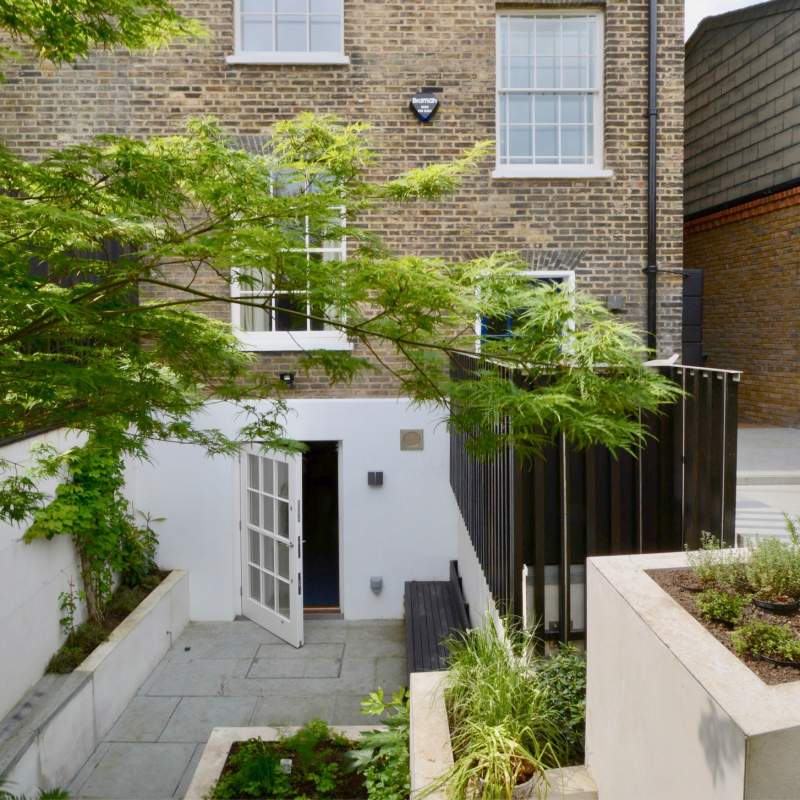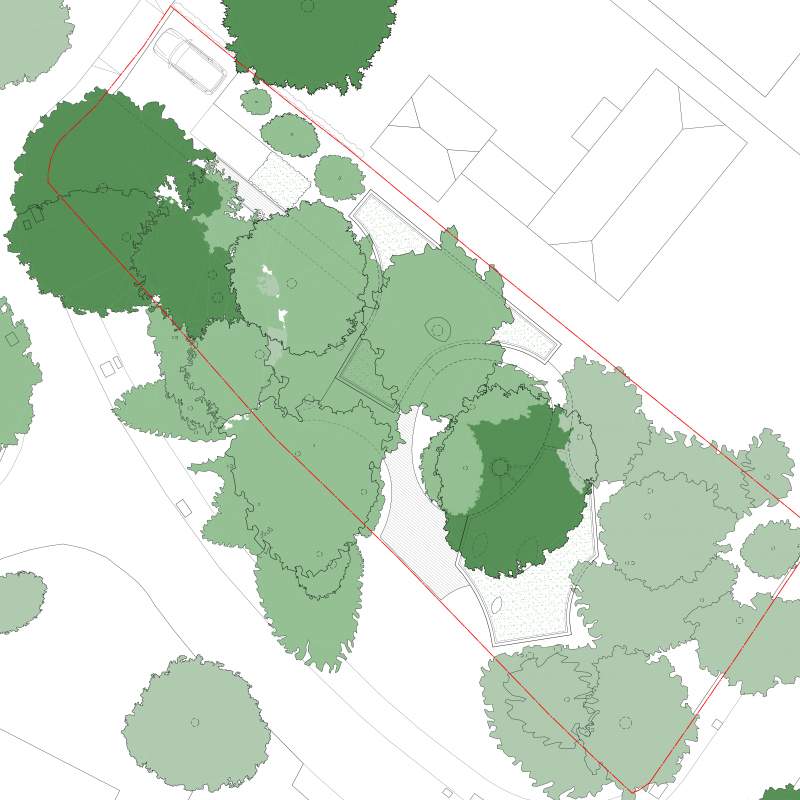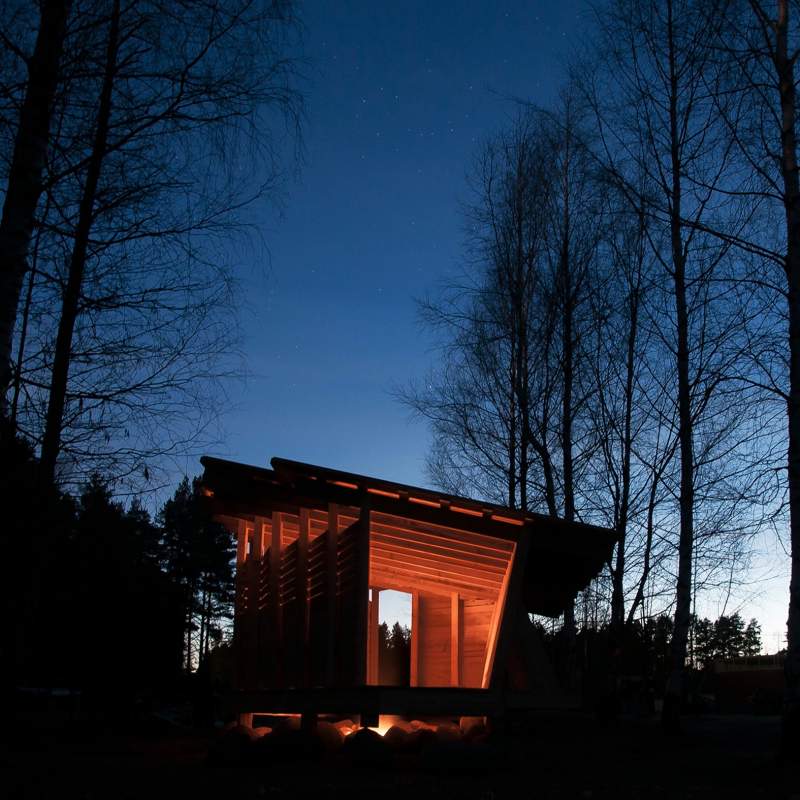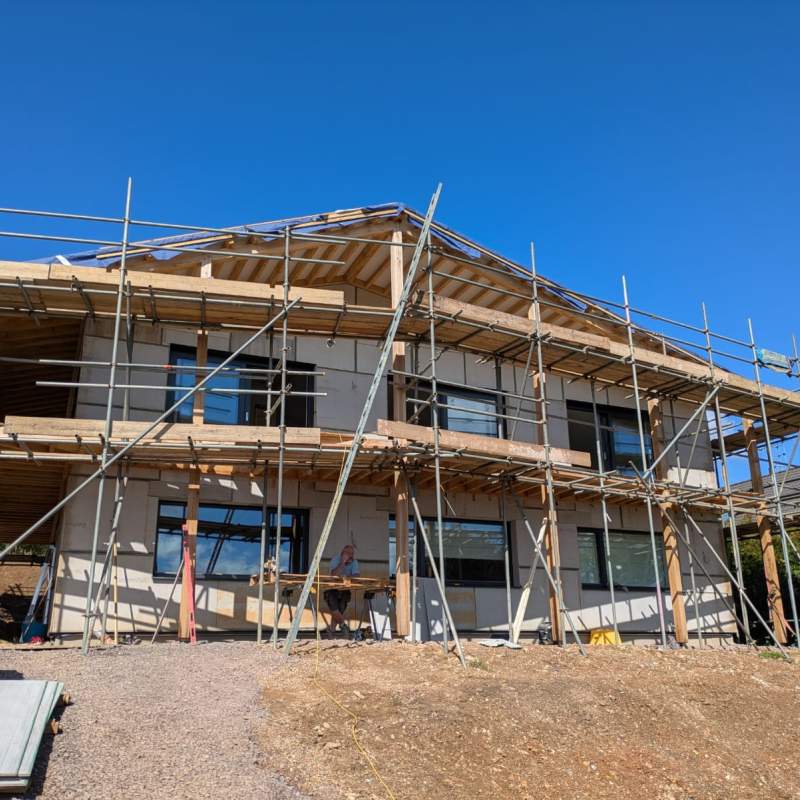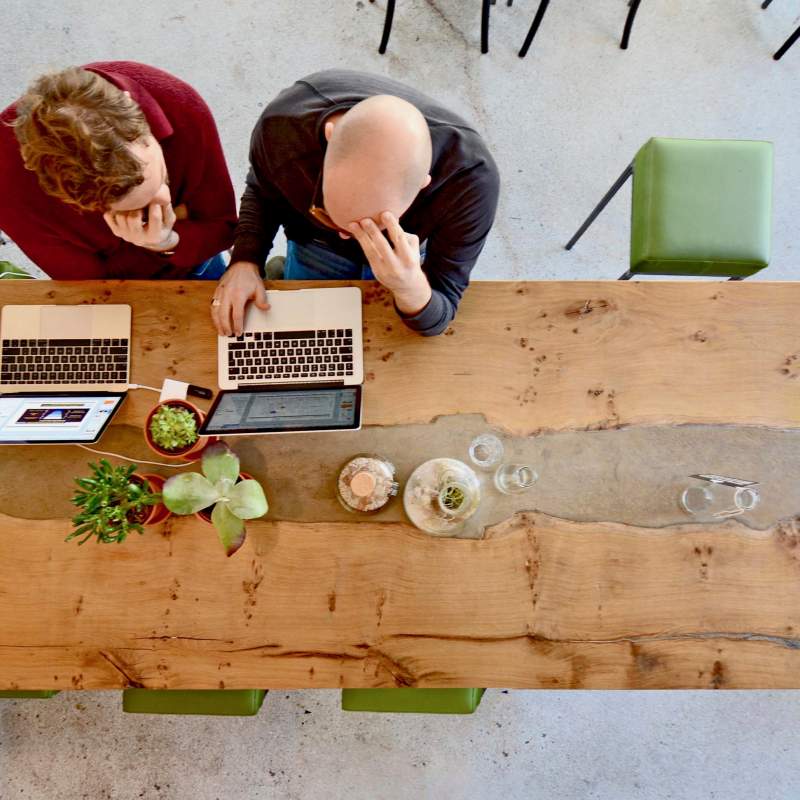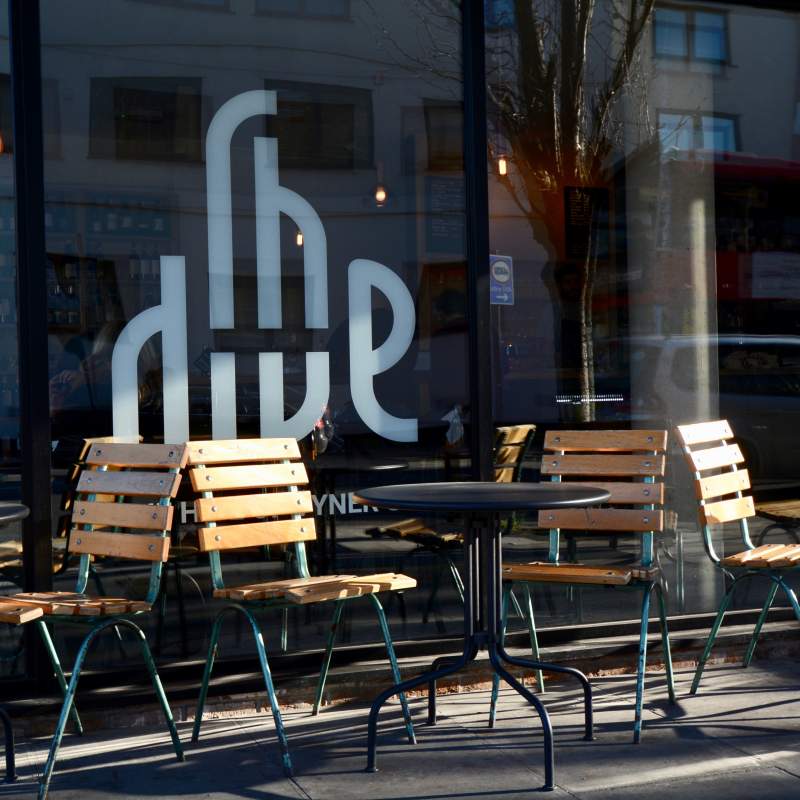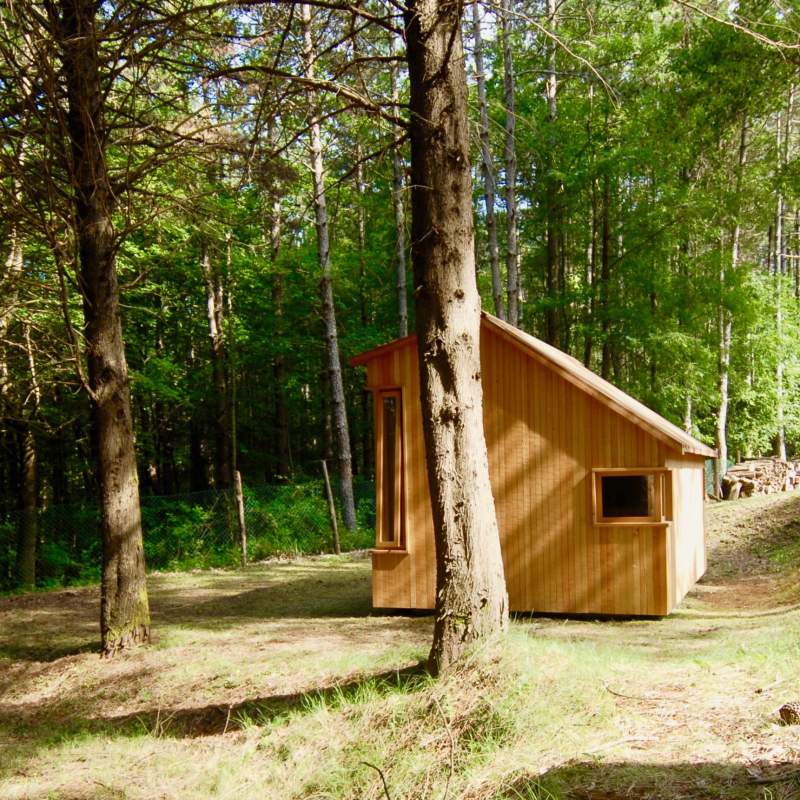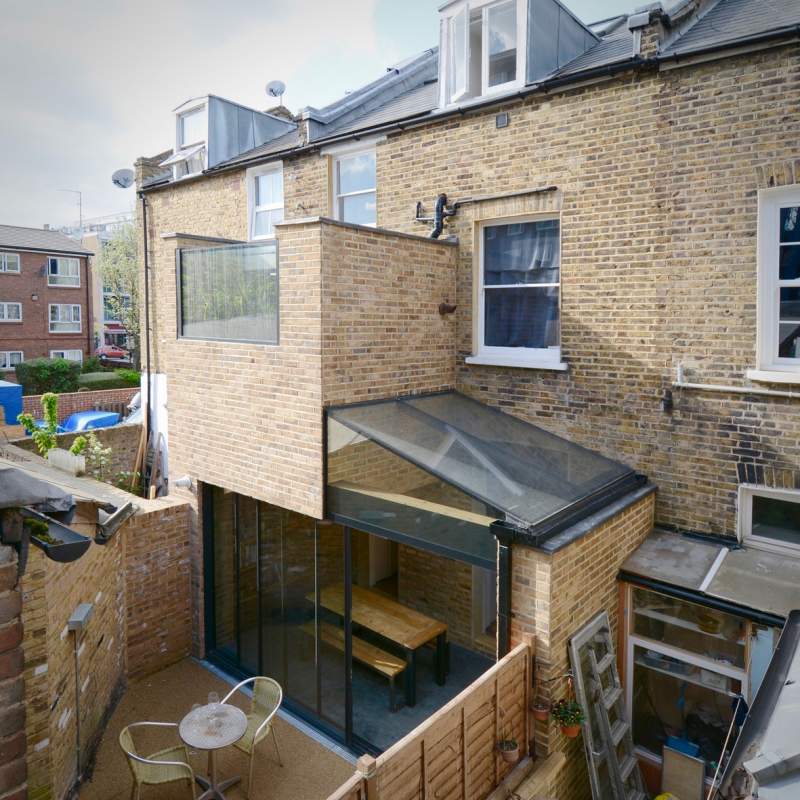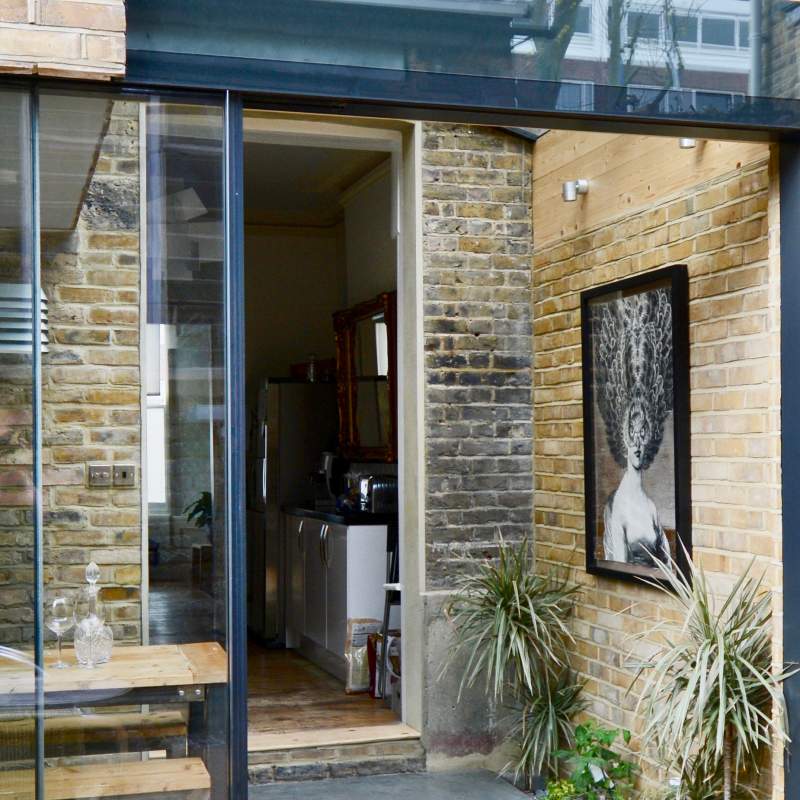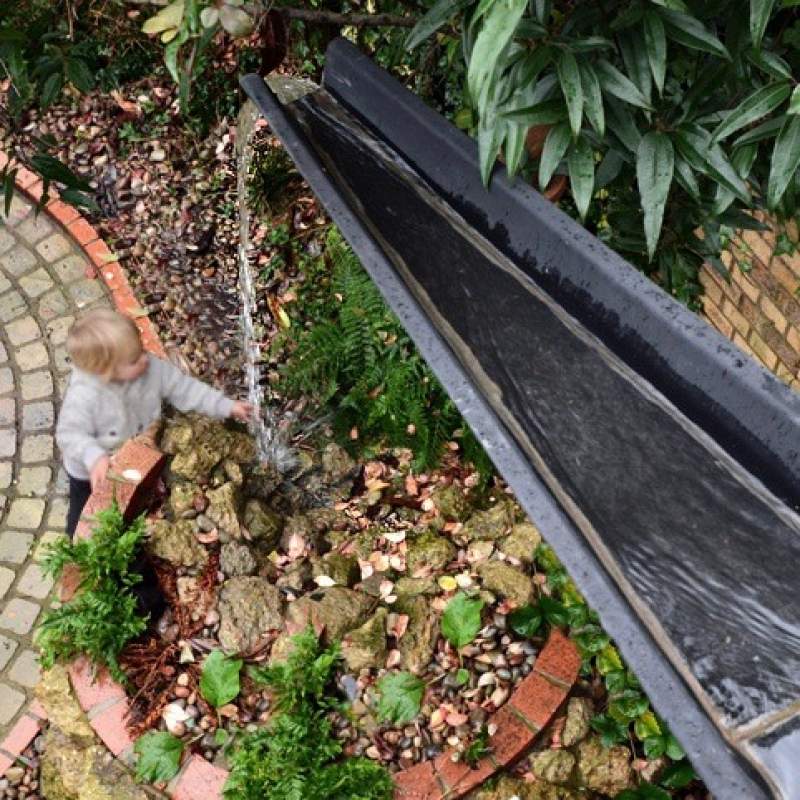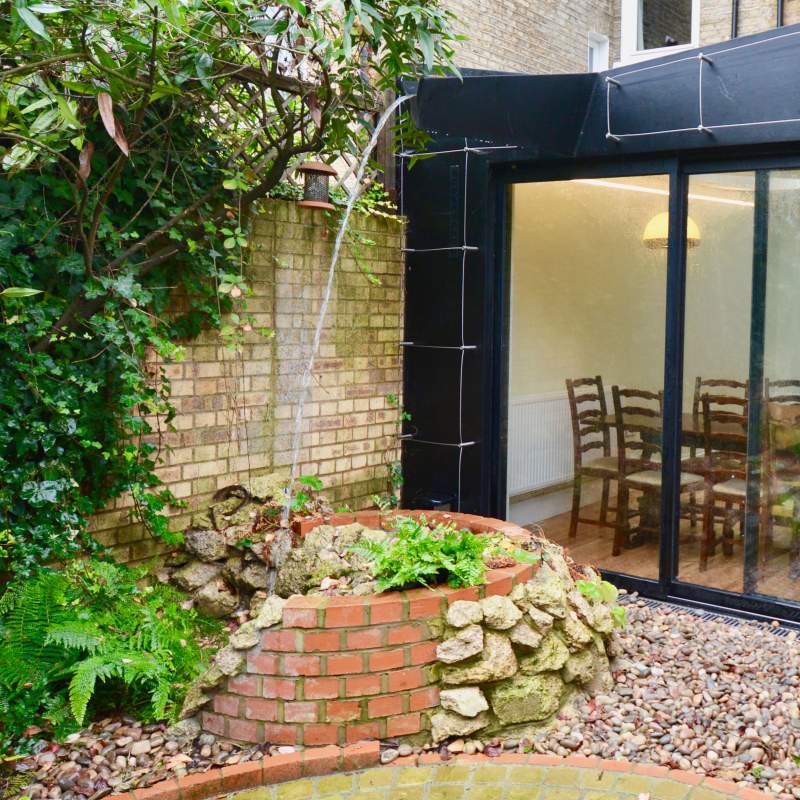Cullerne Retrofit
A pilot scheme for a low carbon, resilient retrofit of a traditional stone dwelling.
Cullerne Nature House Retrofit Project
Welcome to the Nature House Retrofit project, a pioneering initiative designed to transform a historic Moray house into an energy-efficient, low-carbon home without compromising its heritage. This pilot project explores an innovative approach to retrofitting traditional buildings, balancing sustainability goals with the preservation of cultural and architectural value.
The Challenge
Buildings in the UK are responsible for approximately 20% of annual greenhouse gas emissions, with most of this coming from operational energy use—heating, cooling, lighting, and appliances. Historic buildings, like Cullerne House in Findhorn, Moray, are particularly challenging when it comes to energy efficiency, due to their solid stone walls, slate roofs, and traditional construction techniques.
While retrofitting these buildings is essential to meet national decarbonisation goals, it often involves extensive interventions that can damage their unique character. The Nature House Retrofit project seeks to overcome this challenge by offering an alternative that enhances energy performance while preserving the building’s heritage.
The Nature House Approach
The Nature House retrofit concept was first pioneered by Swedish architect Bengt Warne in the 1970s. Warne designed his own home with a unique greenhouse-style enclosure, which he called the Nature House (or Naturhus). This greenhouse enclosure surrounds the building, capturing sunlight and acting as a thermal buffer, while also reducing wind pressure and protecting windows from heat loss.
For Cullerne House, we’ll apply this concept by constructing a glass-enclosed structure around the south, east, and west sides of the building. This innovative design will help us achieve significant decarbonisation by reducing both operational and embodied carbon emissions.
How It Works
The Nature House glass enclosure provides three key benefits to the building’s energy efficiency:
Thermal Buffering: The greenhouse captures sunlight and stores heat, creating a natural buffer zone that helps maintain a comfortable indoor temperature without relying on conventional heating systems.
Wind Protection: By shielding the building from wind pressure, the greenhouse reduces draughts, preventing heat from escaping and ensuring better airtightness.
Window Insulation: The greenhouse structure helps protect the building’s traditional windows—often a significant source of heat loss—while allowing the building’s heritage to remain intact.
Why It Matters
As the UK works toward its ambitious decarbonisation targets, retrofitting the existing housing stock is crucial. In fact, it’s estimated that 80% of the buildings that will exist in 2050 have already been built today. The Cullerne Retrofit project is at the forefront of finding sustainable, low-impact solutions for historic buildings, providing a model that can be applied to a variety of properties across the region and beyond.
By combining innovative energy efficiency solutions with traditional craftsmanship, the project aims to demonstrate how historic buildings can play a role in tackling the climate crisis without sacrificing their unique heritage.
Our Vision
The Cullerne House Retrofit project is not just about reducing energy consumption—it’s about creating a sustainable future while respecting the past. We are committed to pushing the boundaries of what’s possible in building retrofitting, providing a model that will inspire others in the conservation and sustainability sectors.
Stay tuned for updates on this exciting journey as we work to make Cullerne House a living example of how energy efficiency and heritage preservation can go hand in hand.




